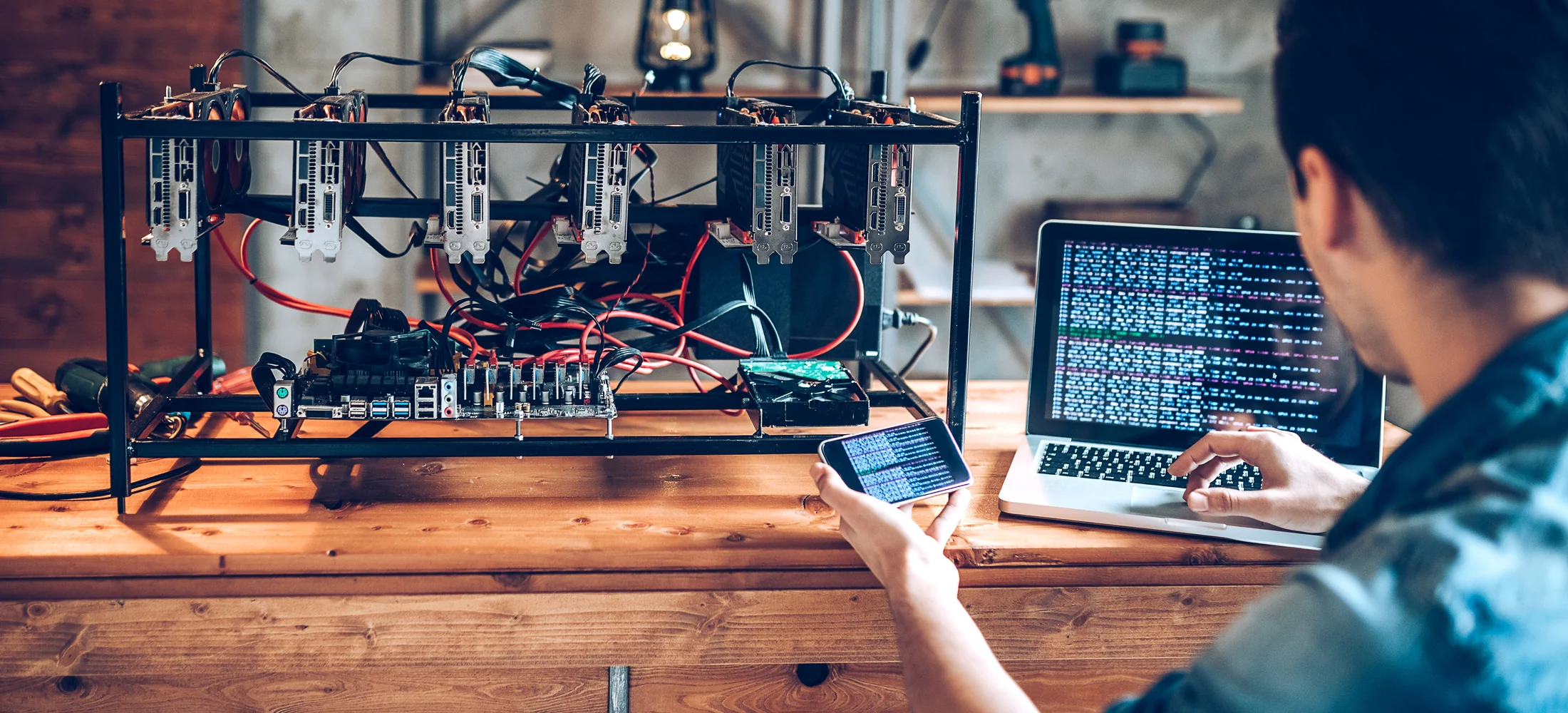Forget robots and artificial intelligence (AI). Human connections and proximity to nature are the priorities for the workplaces of tomorrow, as the Urban Canvas research project JLL organized at the TEDxSydney event last year demonstrated.
More than 200 professionals from 19 industries were asked to imagine what cities and workspaces would be like in the year 2050. While it is strongly acknowledged that robotics and AI have an indispensable role in both the workplaces and the cities of the future, participants in the research project expressed a strong need to balance this technological rise with a deeper connection to nature: They crave for more open spaces, air, natural materials and environments; and technology is the enabler that increases productivity in the workplace, the ability to spend more time with family, friends and human interactions.
“The project confirmed the concept of a workplace will still be relevant well into the future,” says Rajiv Nagrath, Head of Corporate Account Management at JLL Australia. “Human beings want to communicate with other human beings,” he adds. “People will come into work for the experience and collaboration in person. The more we get sucked into the cloud and digital world, the more we want human connection.”
What can your organization do to gear up for this workplace of the future? Here are what we recommend:
Put your people first
You could start with building a strong community and people-centric focus within your organizations by giving employees ample choice and flexibility over where and how they want to work. This approach enables you to attract and retain top talent, and could be achieved via various means, such as fitting out offices with a variety of workspaces or investing in facilities, the best technology and a range of nonfinancial perks, such as a cafe, gym and recreation spaces.
A sense of community could also be incorporated into workplaces by introducing “plug and play” areas, public bike racks, and community and art activities for employees such as walking tours around the local areas.
“Changes to staff culture won’t happen overnight, but they will happen progressively,” says Nagrath. “There will be a need for staff to get comfortable against the perceived threat of technology. It’s about creating community. It’s about creating the worker tribe.”
Encourage idea-sharing
Your organization could also adopt an external coworking model in the offices where you invite startups and lean, agile businesses to work alongside your own teams to stimulate collaboration, entrepreneurship and innovation.
For instance, DBS launched a financial technology (fintech) accelerator program in Hong Kong, where DBS Accelerator startup ventures are provided with high-quality office space, resources and mentor support to incubate and build entrepreneurial fintech ventures into a business that can compete and adapt in swiftly changing markets.
Implement flexible physical arrangements
Flexibility is paramount when planning the physical workplace of the future. In recent years, we have seen companies decentralizing from a single head office to a variety of hubs in key locations. For instance, American home rental companies Airbnb and HomeAway have both opened up offices in Singapore.
And rather than buying office furniture, a viable option is looking at more modular and cost-effective fit-outs as well as renting. Activity based working (ABW) is one way to increase flexibility. JLL’s Corporate Solutions has developed in-house a system called WorkSmart, where workspaces are deliberately made to be flexible with multipurpose furniture, tools and surfaces that boost collaborative practice and encourage employees to move around.
Leverage technology
Incorporating smart technology for surveillance, monitoring and metering will also become increasingly important. With the rise of AI, more experiments with robotics in the workplace in nonthreatening ways are emerging, such as using AI for online training or as a receptionist, as is in the example of JLL’s JiLL.
“Over the next 10-20 years, we will continue to see a range of current job functions being fulfilled by robots and other automated machines,” says Phil Clark, JLL’s Head of Business Transformation, Integrated Facilities Management. “This will result in providing opportunities for future workers to upskill and concentrate their efforts on the work that will produce the biggest benefits for business performance.”
Being a successful company will be more demanding in the future than it was in the past. However, businesses that start creating a more pleasant, nature-inspired work environment and fostering collaboration and community will be ahead of the curve.

